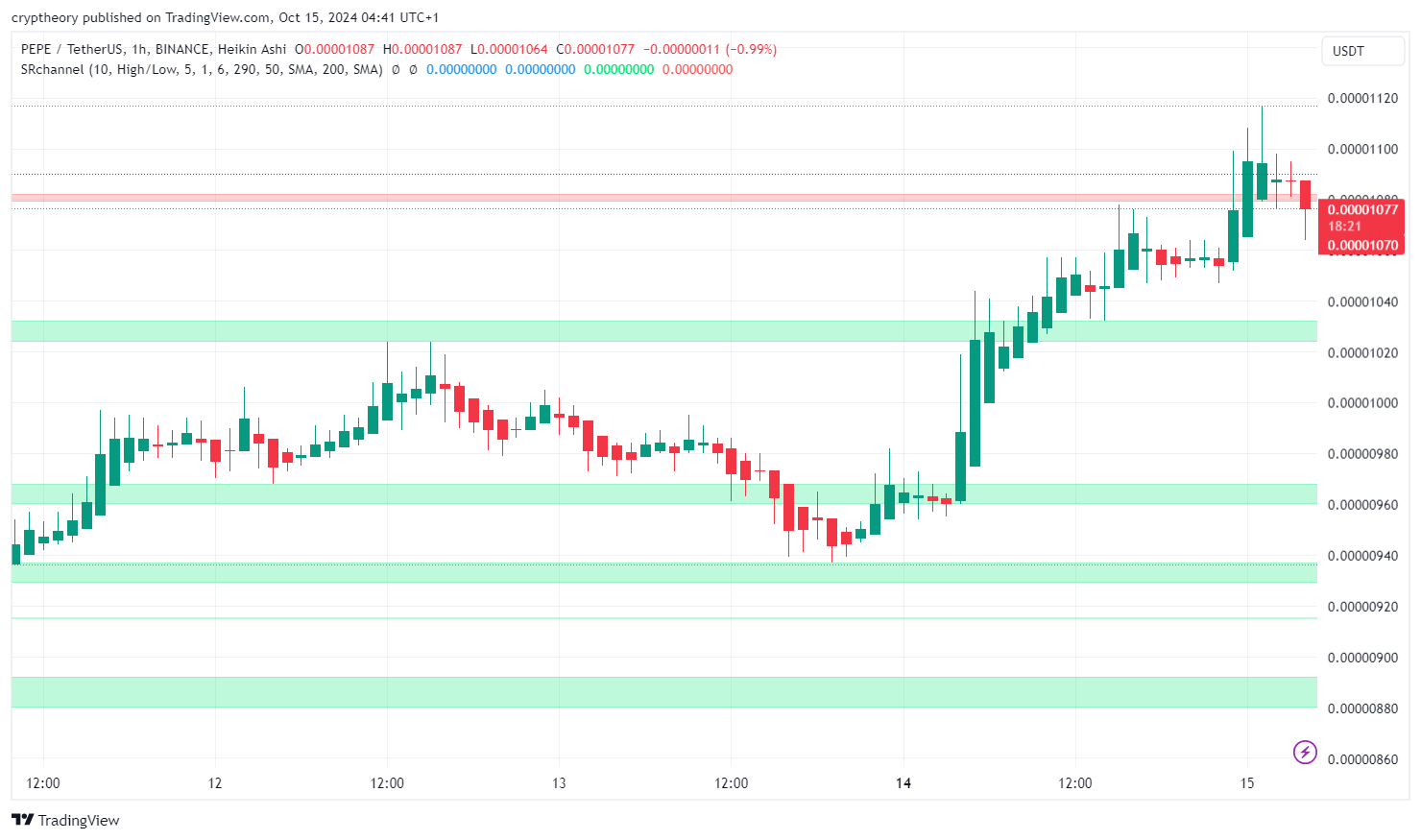-
Sudden change of Turkey’s central bank governor rattles investor confidence and muddies waters of central bank independence
-
Plunging Turkish lira, which had been on the ascent up till fairly recently sees outflows of funds into Asian currencies
Some investors will no doubt remember the pains from the Asian Financial Crisis of 1997, which saw the fast-growing economies of the region suffer severe setbacks as a result of runs on their currencies.
And Asian markets faced fresh stress tests on Monday as a plunge in the Turkish lira lifted the safe-haven yen and blunted risk appetite, although the fallout so far looked to be relatively contained to that country.
Up till fairly recently, Turkey was considered a high growth country, grouped together with the likes of Russia, South Africa and Brazil.
But geopolitical tensions within the strategically important region as well as souring ties between Turkey’s president and western leaders has led to the country falling far short of its potential.
The Turkish lira plunged as much as 15% following President Recep Tayyip Erdogan’s shock decision to replace the country’s central-bank chief.
The hawkish Turkish central bank governor, Naci Agbal, who was appointed in November, had won market praise by aggressively raising the policy rate to 19%, the highest of any big economy, in an effort to stem in inflation concerns.
However Agbal’s shock removal, announced in the early hours of Saturday, came after the bank hiked rates by a greater-than-expected 200 basis points on Thursday in a move designed to curb inflation, currently around 16%, and support the currency.
The plunge erased more than four months of gains in the lira since November and put the lira within a few percentage points of a record low reached earlier that month.
Erdogan’s decision to fire Agbal, who had sought to instil some price stability and perception of central bank independence, is a blow to investor confidence and raises concern the country will once again embark on a path of rock-bottom rates.
The initial backlash exceeded some analysts’ estimates, and marks a swift reversal of investor enthusiasm toward Turkish markets.
Agbal’s replacement, Sahap Kavcioglu, pledged on Sunday to use monetary-policy tools effectively to deliver permanent price stability with the new chief expected to reverse last week’s rate increases.
Any weakness in the lira could add to inflationary pressures building in the economy and erode Turkey’s real rates, currently the highest in emerging markets after Egypt’s. While Turkey’s high nominal rates are a lure for yield hunters, its mercurial inflation and the perception that central bank policy has been too loose for the prevailing economic conditions has made the lira one of the most volatile currencies in the world.
Last year, Turkish banks spent more than US$100 billion of the nation’s foreign reserves to support the sinking currency, according to a report by Goldman Sachs. That prompted calls by Turkish opposition for a judicial probe into the nation’s official reserves.
In comparison, foreign investors purchased a net US$4.7 billion worth of Turkish stocks and bonds in the months following Agbal’s appointment, on confidence that a steady (and hopefully) independent hand was at the helm of the central bank.
Overseas inflows to Turkey through swaps were about US$14 billion during that period, according to Istanbul-based economist Haluk Burumcekci.
Those flows may reverse, as investors grow increasingly jittery over the assertiveness of Turkish President Erdogan and his strong-man tactics.

The post Trouble with the Turkish Lira as Central Bank Change Rattles appeared first on SuperCryptoNews.























